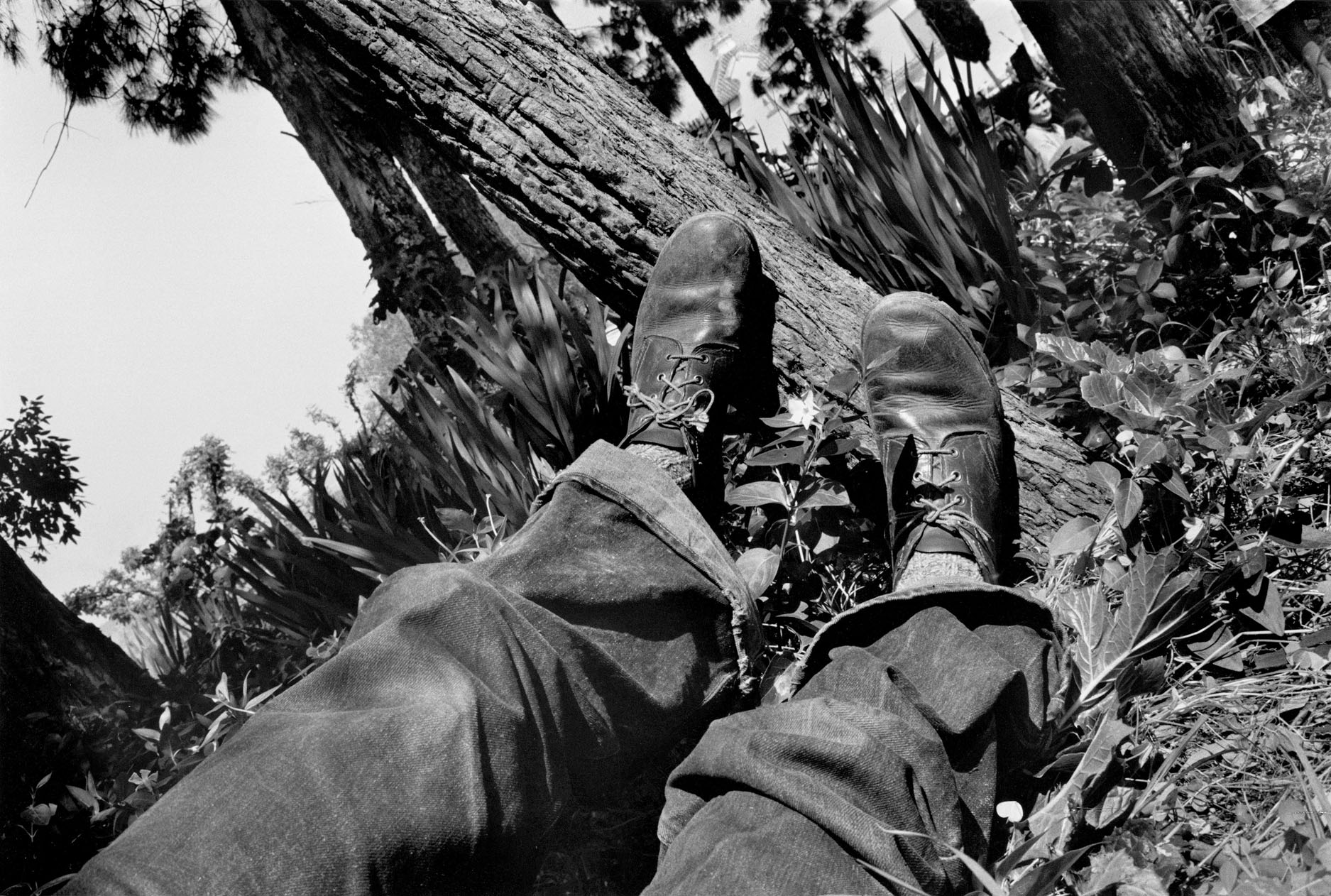Wild white hair and beard, but dressed in a drab, olive shirt and combat jacket, Josef Koudelka is like a guerrilla Father Christmas. Wearing scuffed shoes, and with a roughly unceremonious joviality, the Czech photographer appears uncomfortable being stalked around his exhibition by dozens of press with cameras and smartphones, before being cornered into a Q&A session. Once settled, however, he speaks with passion about people, music and the theatricality of life and photography. Commensurate with that, however, is an abiding anger toward injustices and regimes with a history of suppression, whether it is of the people or their culture.
Koudelka's retrospective at the National Museum of Modern Art, Tokyo, covers the photographer's experiments in graphic black-and-white composition from the early 1960s through the iconic "Gypsies" series and landmark photojournalism work of the Soviet crackdown in his native country in 1968. It continues on to his more recent landscape work done in a panorama format.
As befitting someone who considers himself a wanderer and exile (his only advice to young photographers is "buy good shoes"), Koudelka's work has moved around in terms of genre and format over a career spanning more than half a century. There is the dramatic active framing of snapshots capturing decisive moments, but also the distanced, static portraiture reminiscent of August Sander's documentary photography — both of which contrast with the generally unpeopled large-scale landscapes of later years.



















With your current subscription plan you can comment on stories. However, before writing your first comment, please create a display name in the Profile section of your subscriber account page.